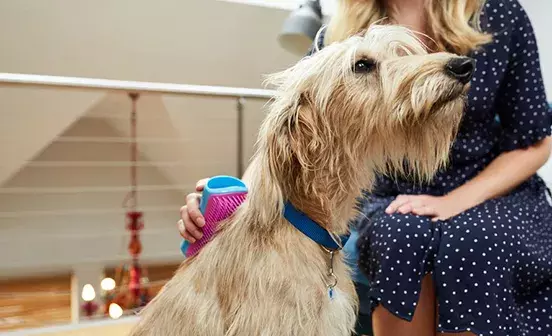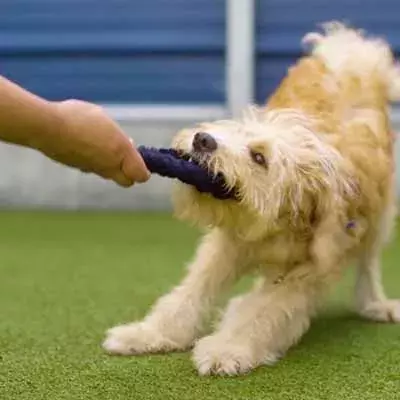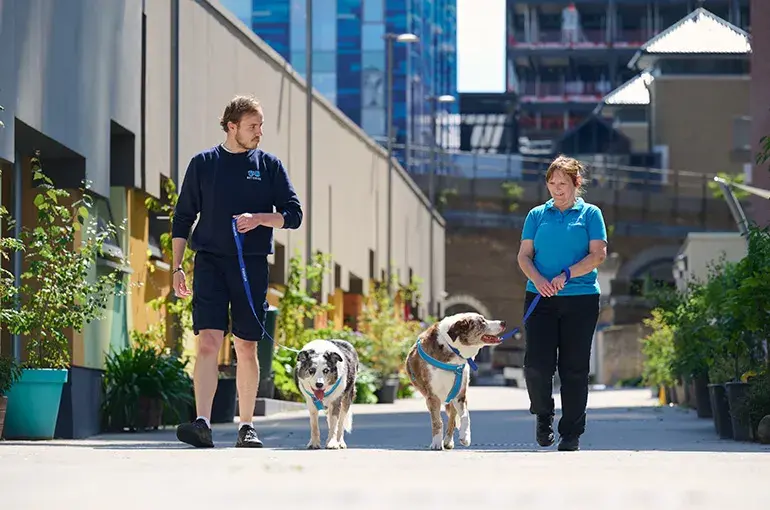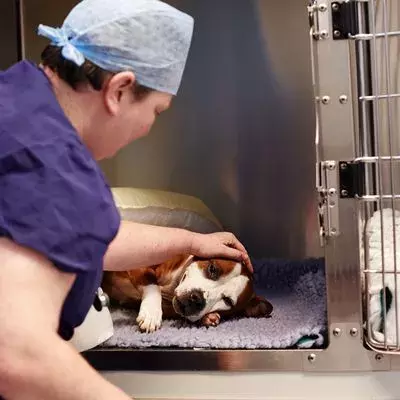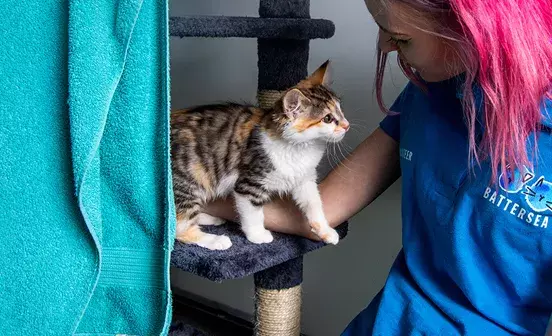Cost of living support
Advice pieces and resources to support pet owners during these tough times.
Give your pet the best start in life with our puppy advice
As adorable as they are, puppies are a lot of work. Let our expert staff advise you every step of the way, from microchipping and insurance, to the best training tips to get you started.
Want more advice?
Sign up and receive Battersea emails so that you can get all the latest tips and tricks from our animal experts.
Your privacy rights
The data you've provided will be used by Battersea Dogs & Cats Home and Battersea Dogs' Home Ltd to send you emails about behind the scenes news, updates about our animals, general information about rehoming, volunteering and various ways you can support Battersea, including fundraising, events and campaigning. You're free to change your mind at any time. To help us better understand our supporters, and to tailor our communication with you, we may analyse the information you provide. We sometimes use information from public sources. If you'd like to change the way we process your data, let us know by contacting Supporter Services on: Phone: 0300 323 1216 Email: supporterservices@battersea.org.uk Post: Supporter Services Team, Battersea Dogs & Cats Home, 4 Battersea Park Road, London SW8 4AA. Further information about how we protect and use your personal data is set out in our Privacy Policy.

